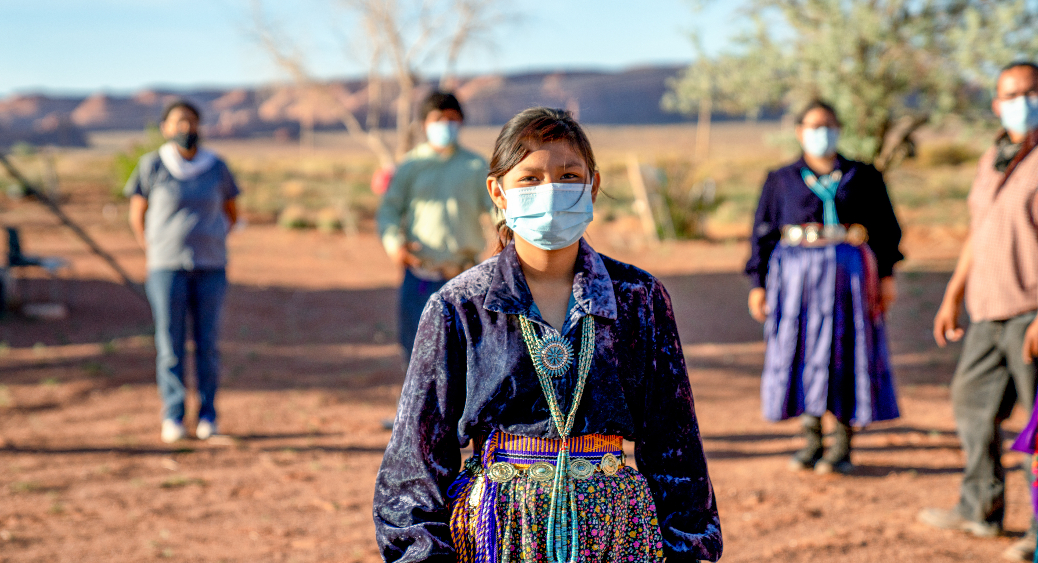Third in a series for #16Days of Activism Against Gender-Based Violence by John Coonrod, PhD, November 27, 2020.
Today is Native American Heritage Day – the day after the U.S. Thanksgiving Day – and this month is Native American Heritage Month. The observance was signed into law in 2008 with the support of 184 federally recognized tribes. (Featured image: iStock/grandriver)
Recent studies revealed the horrific devastation of the COVID-19 pandemic in Native communities, where there is 3.5 times the incidence of the infection. Researcher Abigail Echo-Hawk, a member of the Pawnee nation, states in Science Magazine: “The system of colonialism in the United States has created and continues to increase risk factors for poor health outcomes in Native communities.”
Even before COVID-19, Native American women suffered disproportionately — from gender-based violence. According to the National Congress of American Indians Policy Research Center, Native American and Alaskan Native women are 1.7 times more likely than White women to have experienced violence in the past year, and face murder rates 10 times the national average in some counties. The vast majority (96 percent) of victims of sexual violence experience violence at the hands of a non-Native perpetrator.
Extractive industry “man camps” are a particular risk, reports First Peoples Worldwide. “Hundreds and often thousands of workers” are brought to an oil, gas or mining project on Native lands and given temporary housing, leading to “increase in physical and sexual violence, including rape, sexual assault, sexual assault of minors, and sex trafficking in the affected communities.”
Red Women Rising is a project of the California Consortium for Urban Indian Health. While new laws increased access to justice on rural lands, the project reports that “With over 70% of American Indians living in urban environments nationally, this leaves an incredible gap in resources and culturally relevant services dedicated to serving the needs of the majority of American Indian women. CCUIH’s Red Women Rising project aims in increase awareness around Urban Indian women’s domestic violence issues and enhance their access to domestic violence services.”
The struggle of Native American women is built on traditional strengths of gender equity. The Iroquois community, for example, was a matrilineal society. and Benjamin Franklin cited the the Iroquois Confederacy as a model for the U.S. Constitution. As Gloria Steinem writes, Franklin “invited two Iroquois men as advisers. Among their first questions was said to be: Where are the women?”


